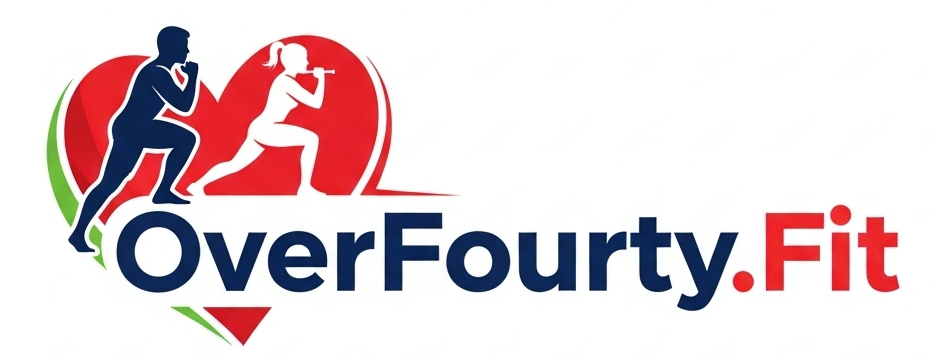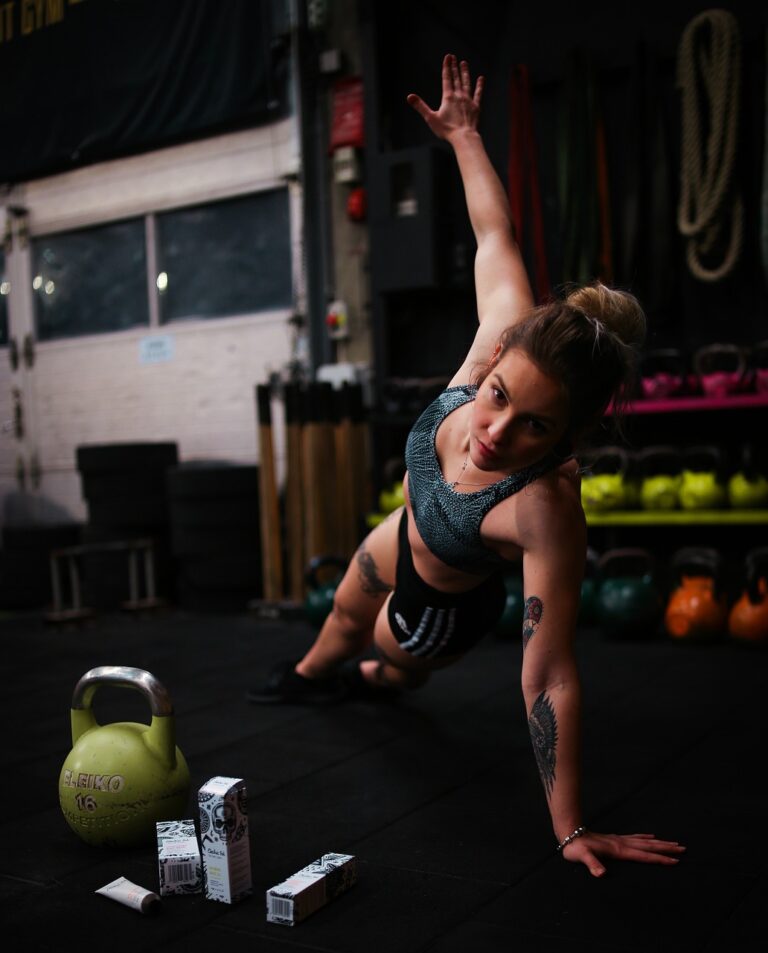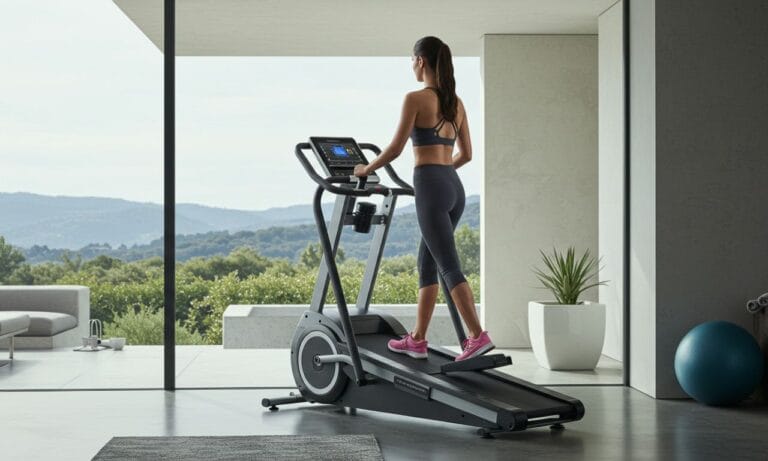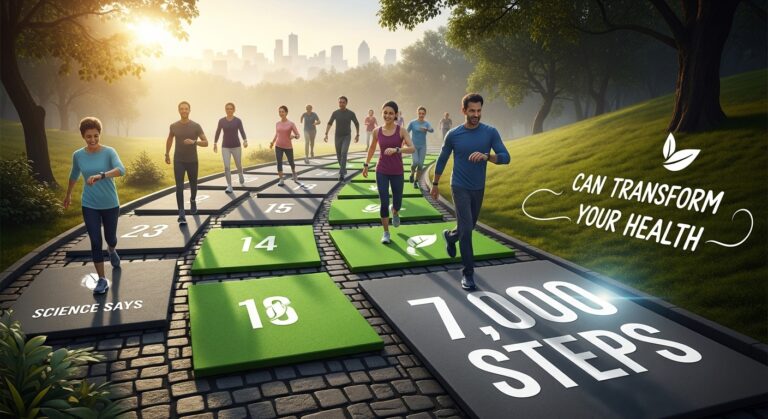The Hidden Heart in Your Leg: Why the Soleus Muscle is a Circulatory Superhero
A Muscle You Never Knew Could Save Your Heart
There is a second heart inside your body, but it is not in your chest.
It is buried deep in your lower leg, quietly pumping life through your veins every time you move. This “hidden heart” is the soleus muscle, and it might just be one of the most underrated muscles in your entire body.
Most people think of the heart as the only pump that moves blood. In reality, your circulatory system relies on the soleus to push blood from your legs back up toward your heart, fighting the pull of gravity.
Without it, your lower body can become a pooling ground for blood, leading to fatigue, swelling, and even circulatory problems.
How the Soleus Muscle Works as a Blood Pump
Researchers often call the soleus the “peripheral heart” because of its powerful role in venous return.
When your heart pumps, blood flows down to your legs easily thanks to gravity. But sending it back up? That’s the challenge. The soleus acts like a muscular pump, squeezing deep veins in your calves and helping push blood upward every time you flex your ankle.
This means a strong soleus is not just for athletic performance; it is essential for healthy circulation, heart support, and preventing leg swelling.
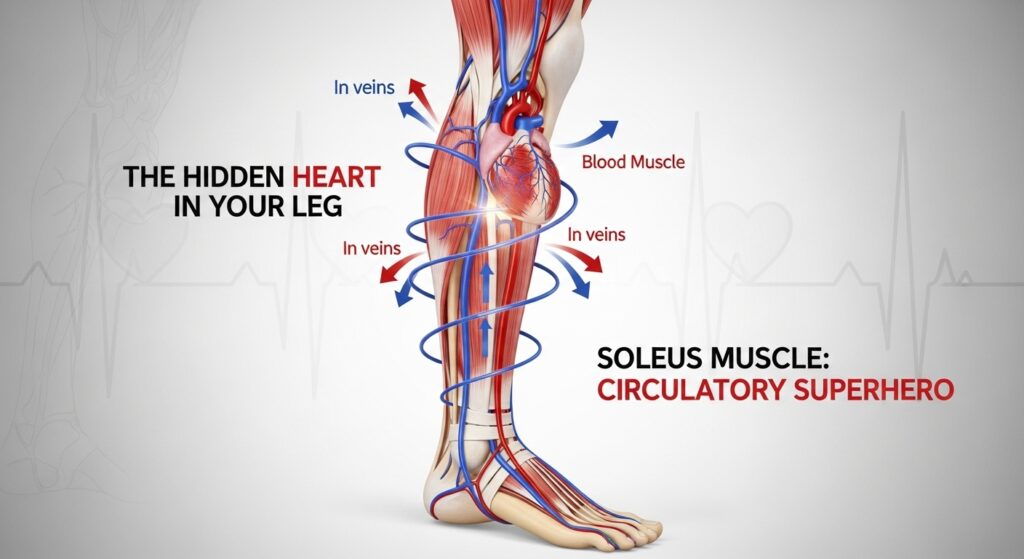
Why Most People Neglect Their Soleus
The soleus sits underneath the visible calf muscle (gastrocnemius).
Here’s the problem:
- Standard standing calf raises target the gastrocnemius, not the soleus.
- The soleus works best with a bent knee, which is why most workouts skip it entirely.
Over time, a weak soleus can lead to poor blood return, sluggish circulation, and even an increased risk of varicose veins or blood clots in inactive individuals.
Circulatory Benefits of a Strong Soleus Muscle
Strengthening your soleus does more than improve sports performance; it can:
1. Boost Venous Return
Helps push blood back to the heart efficiently.
2. Reduce Leg Swelling and Fatigue
Keeps fluids from pooling in your lower limbs during long periods of sitting or standing.
3. Improve Cardiovascular Efficiency
Supports the heart by sharing the workload of blood circulation.
4. Aid in Recovery
Better circulation means faster delivery of oxygen and nutrients to muscles after workouts.
The Best Soleus Muscle Exercises for Circulation
1. Seated Calf Raises
- Sit with knees bent at 90 degrees.
- Place the weight (dumbbell or barbell) on your thighs.
- Lift your heels slowly, hold for 2 seconds, and lower down.
- Perform 3 sets of 15–20 reps.
2. Wall Sit Calf Raises
- Lean back into a wall-sit position with knees bent.
- Raise your heels and hold for 1–2 seconds.
- Lower slowly and repeat for 3 sets of 12–15 reps.
3. Soleus Stretch
- Stand with one foot back.
- Bend both knees slightly, keeping heels flat.
- Lean forward to stretch the deep calf.
- Hold for 30–45 seconds per side.
4. Ankle Pump Desk Exercise (For Office Workers)
- Sit with feet flat.
- Lift your heels while keeping toes on the floor.
- Repeat for 20–30 reps every hour to prevent swelling.
When to Focus on Soleus Training
You should give your “hidden heart” extra attention if you:
- Sit for long periods at work
- Stand for hours on end
- Have poor circulation or swelling in your legs
- Are you training for running or endurance sports
The Bottom Line
Your soleus is more than just a muscle; it is a circulatory superhero working silently to keep your blood moving.
Strengthening it can improve heart health, reduce swelling, and boost endurance. Just like you train your heart with cardio, you should train your “leg heart” for optimal circulation and performance.
Start with two to three short sessions per week, and your hidden heart will thank you with more energy, better health, and stronger legs.
FAQs – Soleus Muscle as the Second Heart
Why is the soleus called the “second heart”?
The soleus muscle is often called the “second heart” because of its unique role in helping blood circulation. When it contracts, it pumps blood from the veins in your lower legs back toward your heart. This function reduces pooling of blood in the legs, supports healthy circulation, and helps prevent issues like swelling or varicose veins.
Which muscle burns the most sugar?
The soleus muscle is one of the most efficient sugar-burning muscles in the body when activated. Research shows that it can use glucose (blood sugar) at a high rate for extended periods during low-intensity, sustained activities, such as standing or slow walking. This makes it a valuable ally for blood sugar control.
What are the symptoms of a weak soleus?
A weak soleus can cause:
Frequent calf cramps or tightness
Poor ankle stability
Reduced endurance in walking or running
Sluggish circulation in the lower legs (heaviness, swelling)
Increased risk of Achilles tendon injuries
Is the soleus a flexor or extensor?
The soleus is a plantar flexor. This means it helps you point your toes downward, which is essential for walking, running, and maintaining balance when standing.
Can soleus exercises prevent swelling?
Yes, they improve venous return, which reduces fluid buildup in the legs
Do I need gym equipment to train the soleus?
No, bodyweight bent-knee calf raises and wall-sit variations work well.
